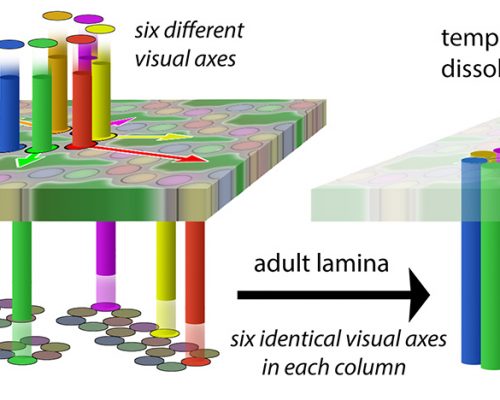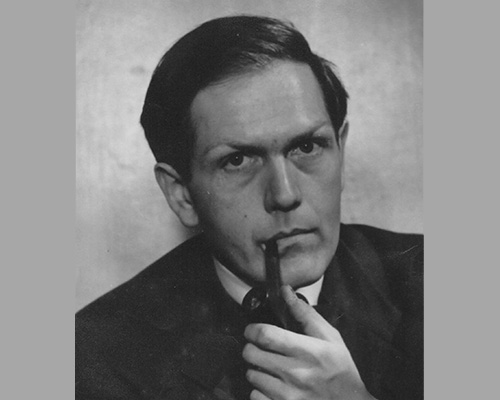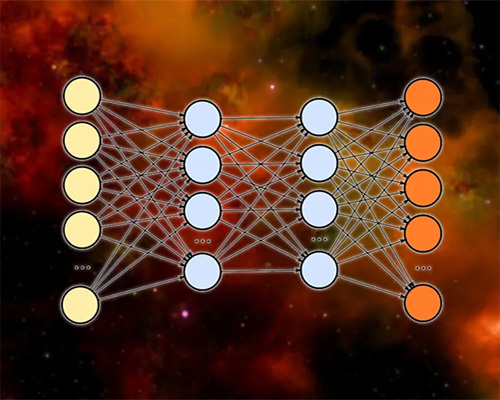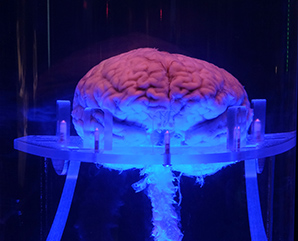From the author’s lab: New research paper on self-organization of brain wiring in the journal Science
Axonal self-sorting without target guidance in Drosophila visual map formation Agi et al., 2024, Science. PMID: 38452066, DOI: 10.1126/science.adk3043 Abstract The idea of guidance toward a target is central to axon pathfinding and brain wiring in general. In this work, we show how several thousand axonal growth cones self-pattern without target-dependent guidance during neural superposition wiring in Drosophila. Ablation of…





